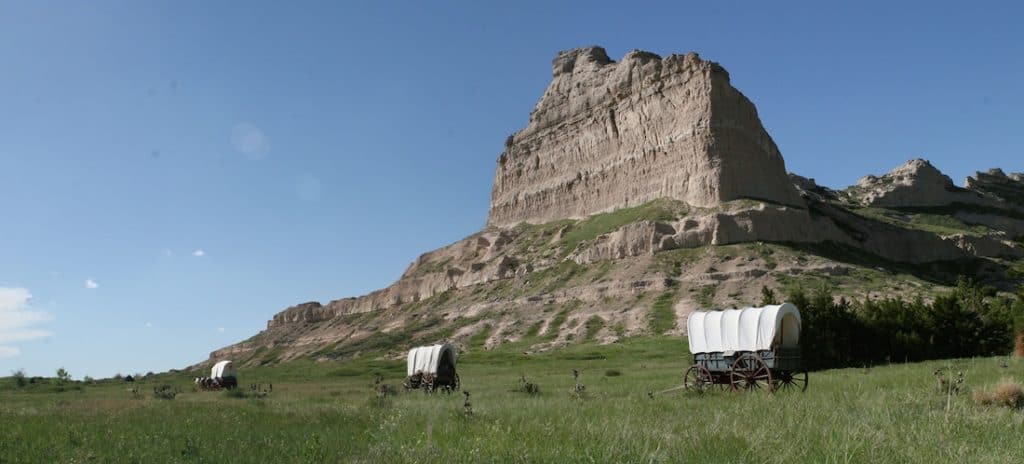
The Midwest is huge and it seems like it takes days to cross it, in a car with air-conditioning and entertainment. Consider crossing the midwest from east to west in a covered wagon with everything you own for a new life you’ve never seen. Or on horseback with enough food for a day. Located in the western side of Nebraska, Scotts Bluff National Monument is a 800-foot rock formation that’s been a beacon for centuries for migrating peoples. Visitors can learn about the rock formation along with the people that used it as a landmark. Here are the top things to do at Scotts Bluff National Monument.
Top Things to Do at Scotts Bluff
-
Head to the Visitor Center
-
Learn about the People who used Scotts Bluff
-
Take a Scenic Drive to the Summit
-
Hike at Scotts Bluff
-
Earn a Junior Ranger or BARK Ranger
-
Have a Picnic
Scotts Blufs at at Glance
| Year Established: 1919 |
| Located: Western Nebraska |
| Size: over 3,000 acres |
| Top Features: The view from Scotts Bluff |
Explore Dodge City in Kansas
Why Visit Scotts Bluff
When I visited, I was on my way to Yellowstone National Park and South Dakota’s Black Hills. I also wanted to travel through Nebraska since we were trying to hit all 50 states. After driving through Kansas and stopping in Dodge City, Scotts Bluff was a perfect road trip stop.
I recommend stopping at the smaller national park sites. Each I’ve visited offered interesting scenery and lessons in geography, history and wildlife, just to name a few. Each site offers a clean restroom, and most offer picnic tables and visitor centers.
The top feature at Scotts Bluff for me was the scenic drive to the top of Scotts Bluff. The view from the top was amazing. My kids also also liked the covered wagons.
Stop by the Visitor Center at Scotts Bluff
Inside the Visitor Center, you will find an interpretive area explaining the migration of 250,000 American pioneers who passed through this area from 1843 to 1869. The Visitor Center also features a short film.
William Henry Jackson is known as the first person to photograph Yellowstone National Park. He was born in Vermont but settled in Omaha, Nebraska, before joining the Hayden Geologic Survey of Yellowstone in 1871. The largest collection of his sketches, photographs and paintings are located in the Scotts Bluff Visitor Center.
The visitor center is open daily from 9 a.m. to 5 p.m. in the summer, from late May until late August. For the rest of the year, it is open from 8:30 a.m. to 4:30 p.m. It is located at 190276 Old Oregon Trail Road.
Planning Guide to Yellowstone National Park
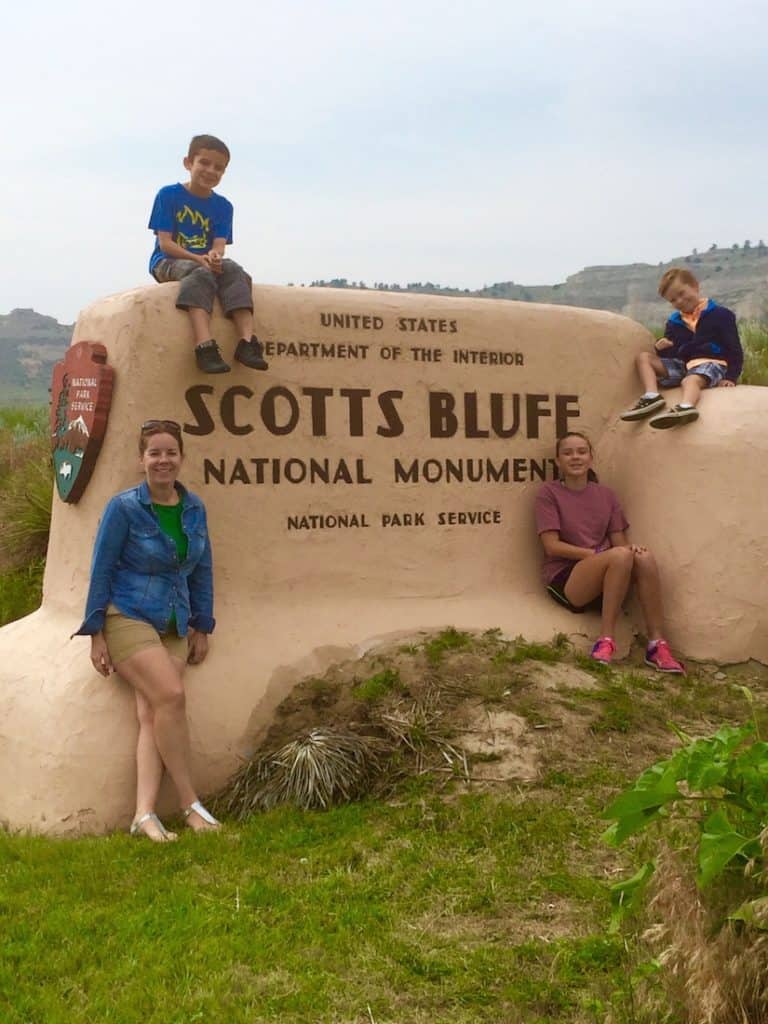
What’s Scotts Bluff
With 3,000 acres to explore, Scotts Bluff National Monument protects the remnants of the overland trail ruts, badland formations and Scotts Bluff, a geologic feature. Scotts Bluff rises 800 feet above the North Platte River, located nearby and offers a notable natural feature along the Oregon, Mormon and California Trails–the pioneer trails that passed through this area.
Named after a fur pelt clerk, Hiram Scott was an employee of the Rocky Mountain Fur Company. He died in the area under a cloud of mystery in 1828.
Planning Guide to the Black Hills of South Dakota
Drive to Scotts Bluff Summit
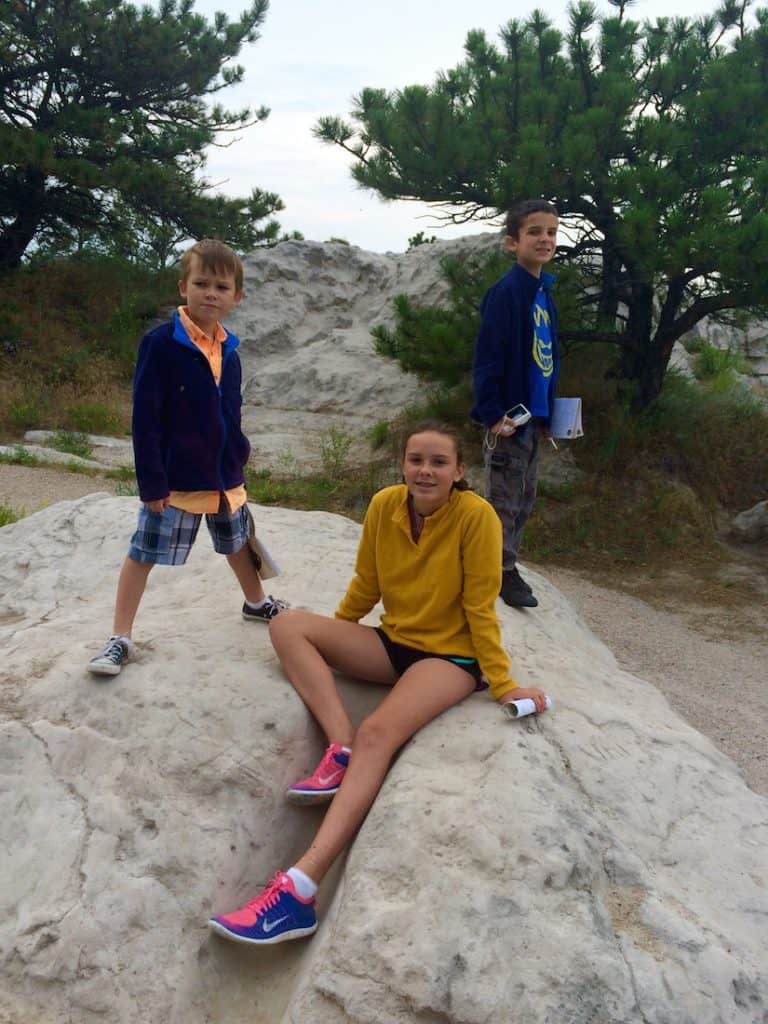
For a view from the top, take the 1.6-mile (2.5 km) drive to the Scotts Bluff summit. It’s takes about 7 to 10 minutes from the Visitor Center. Completed in the 1930s by the Civilian Conservation Corps (CCC), Summit Road features the only three tunnels in Nebraska (kids love tunnels) and it’s the oldest concrete roadway in Nebraska.
At the top of the bluff, we found hiking trails and vast views in every direction. The summit features parking but no restrooms or picnic tables. It is open daily from 9 a.m. to 4:30 p.m. in the summer and from 9 a.m. to 4 p.m. during the year.
Due to tunnels and sharp turns, RVs over 25 feet are prohibited.
Top Sites to Explore in Oklahoma City
Hiking in Scotts Bluff
Take a hike during your visit to Scotts Bluff. Hiking allows families to explore the summit or take a one-way hike back to the Visitor Center.
- North Overlook Trail is a paved .5-mile (.8 km) loop. Moderate.
- South Overlook Trail is a paved .4-mile (.6 km) loop. Easy.
- Saddle Rock Trail is a 1.6-mile (2.5 km) one-way hike from the summit area to the Visitor Center, which includes steep grades and sharp turns. Difficult.
- Prairie View Trail is a paved 1.2-mile (1.9 km) trail.
- Oregon Trail Pathway is a 5-mile (.8 km) one-way path that follows a portion of the original Oregon Trail with Conestoga wagon replicas.
Top Things to Do in Grand Teton National Park
Ranger Programs at Scotts Bluff
Attend a ranger program to learn more about the area’s history. Topics include history, geology, and the area’s plants and animals.
It is free to attend and check in at the visitor center for availability during your visit. Kids are welcome and the ranger programs appeal to all ages.
Planning Guide to Rocky Mountain National Park
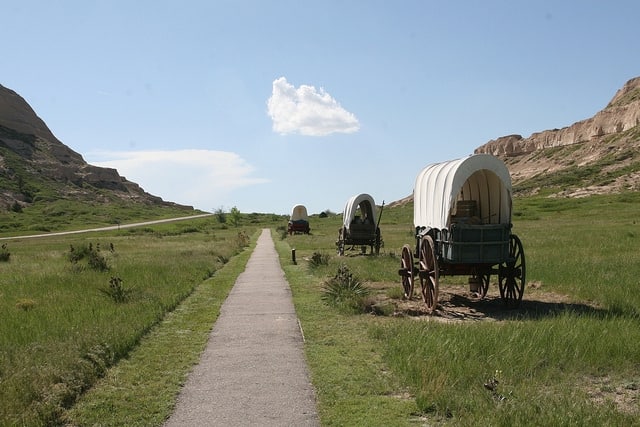
History of Scotts Bluff
Scotts Bluff has been a natural landmark since the beginning. The first human traces found in this area date back 10,000 years. The Pawnee and Kansa people, among others, set up semi-permanent villages next.
The European explorers and fur traders used this route along the North Platte River to travel between St. Louis, Missouri, and the mouth of the Columbia River on the Pacific Coast. Hunting and trapping were common, especially the beaver pelt. The pelts exuded luxury in the 1800s.
Starting in 1836, emigrants traveled west along the Oregon Trail. When they reached Oregon, they received 320 acres of farmland. In 1847, Brigham Young led the first Mormon wagon train to Utah.
The Pony Express used this route from 1860 to 1861 to transport mail between Sacramento, California, and Saint Joseph, Missouri. In 1869, the transcontinental railroad linked the coasts.
In 1919, the area was designated a national monument.
The Caves of South Dakota
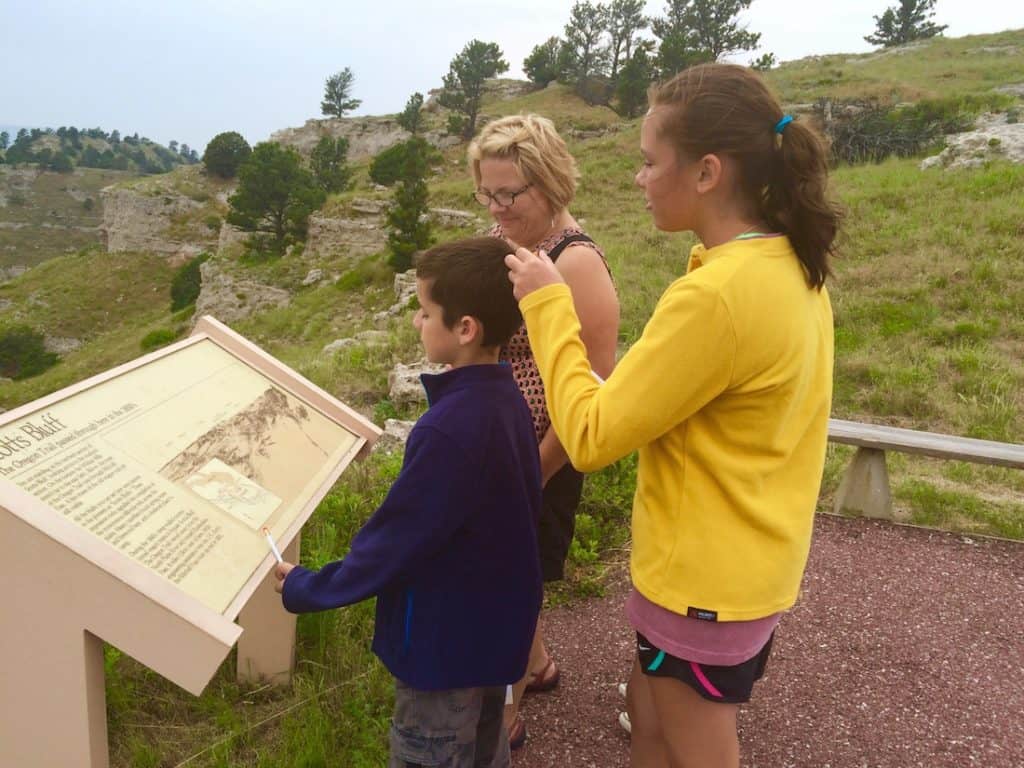
Kids and Pets at Scotts Bluff
The Junior Ranger Program is the go-to program for families to learn about a National Park Service site. It’s free and takes about two hours to complete. My kids love the badges the Rangers present them with after they complete their booklet.
I found exhibits depicting the migration of 250,000 American pioneers who passed through this area from 1843 to 1869. The Visitor Center also features a short film.
If time and weather allow, take a hike. You can also drive up Summit Road to Scotts Summit for a short family-friendly hike.
Next to the Visitor Center, I found a living history area with covered wagons. This area helps the kids understand the journey on the Oregon Trail in a covered wagon. On most Saturdays, costumed interpretive rangers explain the area’s history.
BARK program
Scotts Bluff welcomes pets as long as they practice the principles of the BARK program.
B–Bag waste and dispose of it in the trash
A–Always leash your dog for their safety and others
R–Respect wildlife
K–Know where you can go
Junior Ranger Badge Guide
Where to Eat
Scotts Bluff National Monument offers a drink vending machine and a water fountain with a bottle filler, but it doesn’t offer food service.
Find three covered picnic tables near the Visitor Center.
Top Road Trip Snacks
Sandhills Scenic Byway
Take a scenic byway that bisects Nebraska from east to west. Crossing 272 miles from Grand Island to Alliance, Nebraska, you will discover the Nebraska Sandhills, the largest sand dune formation in the Western Hemisphere. You will also drive through the Nebraska National Forest, the largest hand-planted forest in the U.S.
100 Everyday Items to Pack for a Road Trip
Where’s Scotts Bluff National Monument
Scotts Bluff National Monument is located at 190276 Old Oregon Trail in Gering, Nebraska, on the western border. It is open from sunrise to sunset and is free to enter.
Know Before You Go
- Summit Road is narrow and includes three tunnels. Vehicles longer than 25 feet and taller than 11’7” are prohibited.
- Trailers are prohibited on Summit Road.
- Summit Road remains open year-round, though it is closed on Christmas Day (December 25) and New Year’s Day (January 1).
- Summit Road opens from 8 a.m. to 7 p.m. during the summer season and closes at 5 p.m. during the rest of the year.
- Cyclists can use Summit Road after the daily closure until sunset.


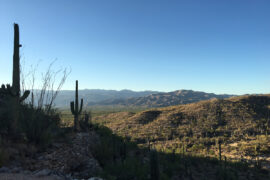
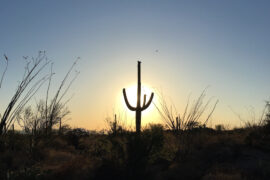
Comments are closed.